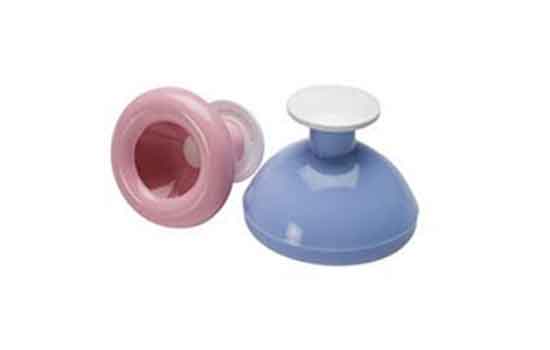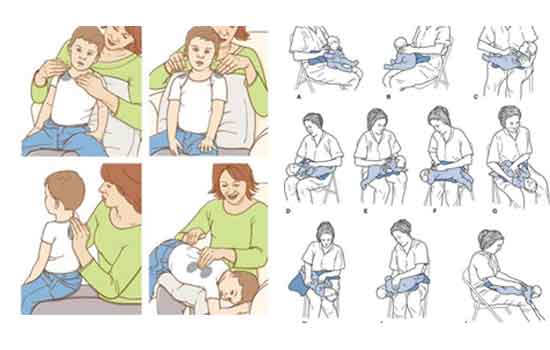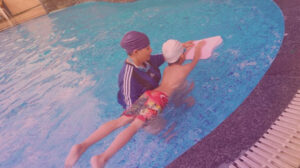CHEST PHYSIOTHERAPY IN CHILDREN
Chest physiotherapy, also called postural drainage, is a way for you to help your child get rid of extra mucus in his or her lungs. This is important because too much mucus can block the airways in the lungs. If the airways are blocked, the air cannot move in and out like it should.
✓What is chest physiotherapy?
The purpose of chest PT is to move fluid or mucus in the lungs. It is done by clapping on the chest and by positioning your child to help move mucus to the larger airways where it can be coughed and/or suctioned out.
✓How often should I do chest PT?
Chest PT is usually done every eight to 12 hours, depending on your child’s needs. It can be done more often if needed.
✓When should I do chest PT?
A good time to do Chest PT is in the morning before your child has eaten breakfast. This will remove the secretions that have built up during the night and clear his lungs so he can begin his day.
Another good time is right before your child goes to bed. This prepares your child for a restful night.
✓Getting ready to do chest PT for your child :
-Prepare yourself by relaxing your shoulders, arms and wrists.
-Cup your hands, holding your thumb and fingers together.
-Proper hand position is very important; it will create an air cushion between your hand and your child’s chest.
-If you hold your hands flat, chest PT will not be as effective and you may hurt your child
-Chest PT is done by crisply, but gently, clapping your child’s chest. It should make a “clopping” sound.
-For small infants, a tool called a percussion hammer may be used.
•Chest physiotherapy uses chest percussion. •Chest percussion is clapping of the chest with percussor cups, which are similar to suction cups. This vibrates the airways in the lungs. The vibration helps loosen mucus so it can be coughed out.
✓ PERCUSSOR CUPS :

Never percuss over bare skin. Make sure the child is wearing a t-shirt or onesie.
Hold the percussor between your fingers and firmly pat over 6 areas of the child’s chest and back for 2 to 4 minutes.
Do the patting in regular rhythm.
How to position your child for chest PT –

•Your child should be positioned with his head lowered. In this position, the force of gravity helps to draw the secretions to the larger, upper airways where it can be coughed or suctioned out.
•Placing your child over your lap with his head lowered (if your child is small) or placing him in bed with the head of the bed lowered may be helpful.
•A light blanket or baby blanket may be used to provide some cushioning.
If chest PT is done properly, it will not hurt your child. Many children fall asleep during the treatment.
How long should I do chest PT?
Whenever you are doing chest PT, always watch your child closely for signs of trouble breathing such as:
•Coughing
• Breathing “hard” Bluish color around the lips
• Increased breathing rate
If your child begins coughing, sit him/her up until the coughing stops. If he is not having any trouble breathing, reposition your child and finish clapping.
Good chest PT may loosen a lot of secretions or a “plug,” which may cause your child to have trouble breathing. If this happens, suction your child or let him cough into a tissue then let him take a little break. Watch your child closely during the rest of the chest PT. Suction or have him cough again, if necessary.
•Treatment at Best Physiotherapy clinic in Dhakoli –
BLOSSOM PHYSIOTHERAPY CENTRE is one of the best physiotherapy and rehabilitation centre in Dhakoli. And is well equipped with ultra modular equipments.
Dr. Jyoti Gupta (MPT pediatrics) as well as certified yoga instructor, She completes her course from well known YOGA ALLIANCE INTERNATIONAL FNY STUDIO. She is the head of Blossom Physiotherapy centre. There is a huge team of qualified professionals who work as a team. They all are specialised in their respective fields and apply their valuable knowledge in recovery of patients.




Hi sir mam can you also share CPT for special child like cerebral palsy cases. Thankyou